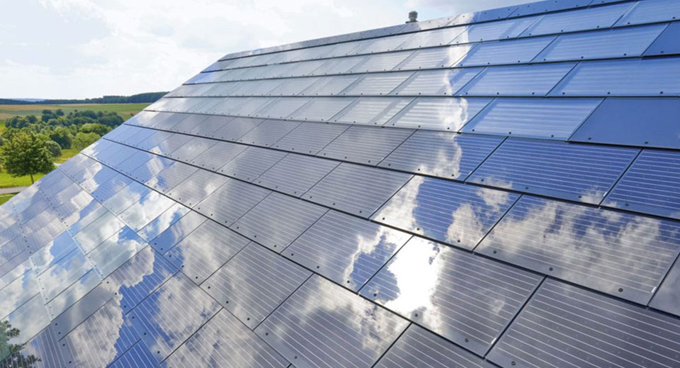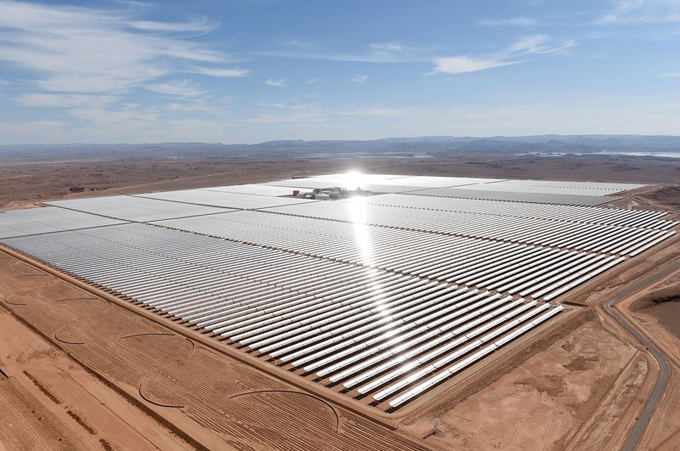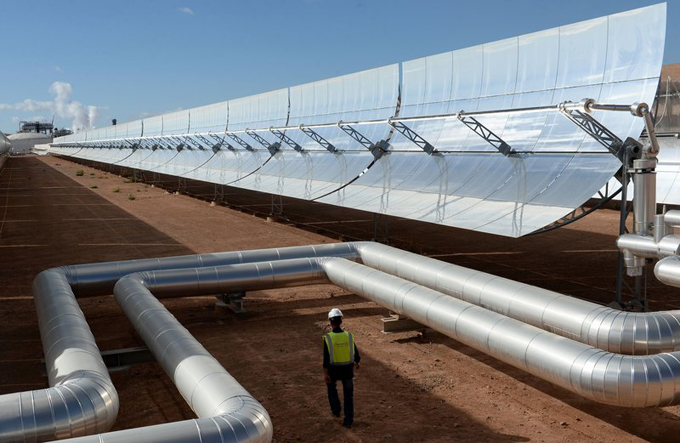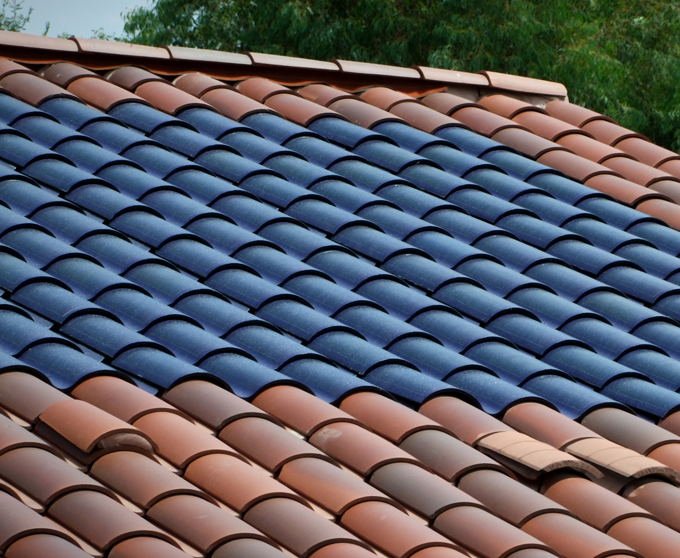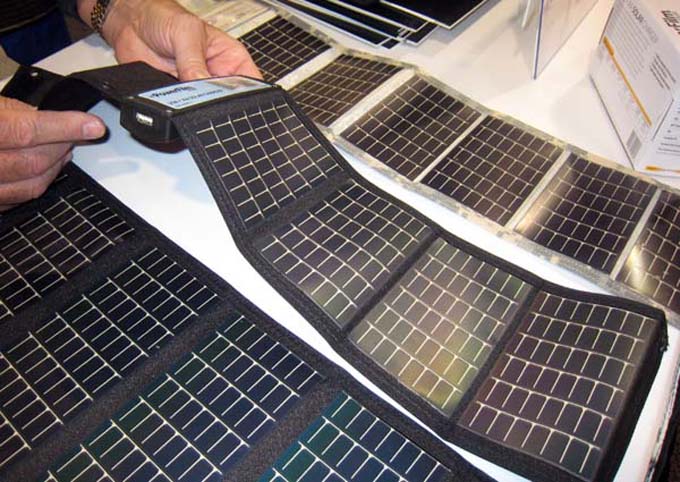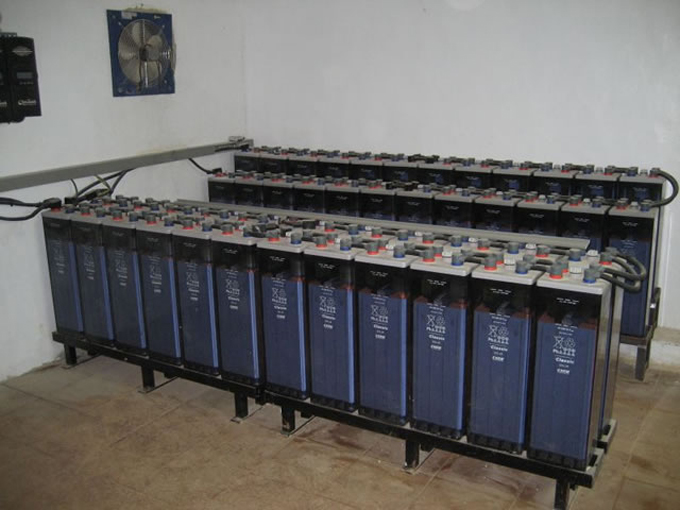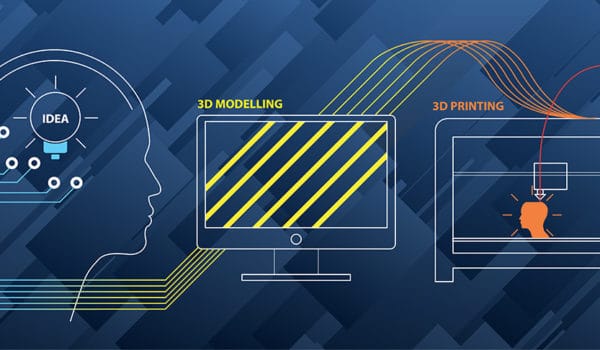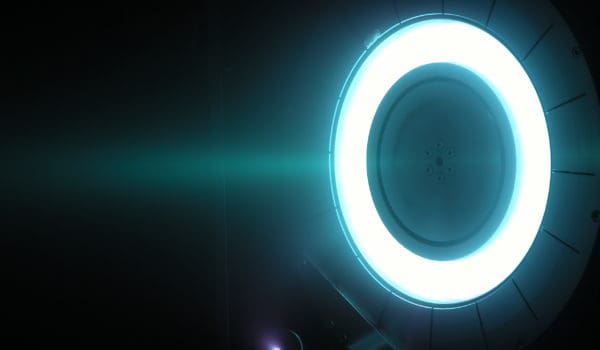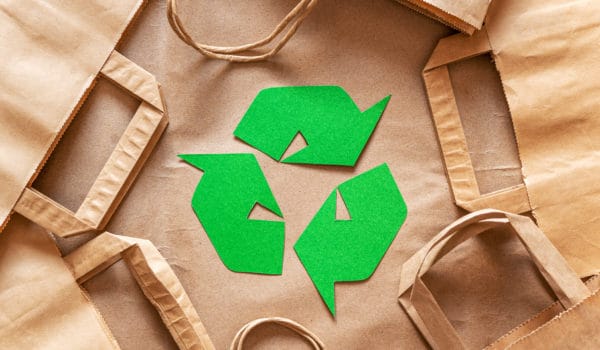With the Polar caps melting and unidentifiable, haunting, and curious sounds emerging in the Polar region, even wildlife and marine life are being driven away. Researchers, hunters, and fisher people have confirmed this reality. Many cities in the developing world are becoming unliveable due to pollution. Not just early morning smog but soot-filled air all through the day and night in many cities has already driven away birds. Humans are wearing masks just to be able to breathe somewhat purified air, above all in the highly populated and industrialized cities of India and China.
Solar power was invented way back in the 1950s, still the dependence on fossil fuels has continued. The world, or should one say, we, the people of the world are finally coming to terms with the fact that we must get our act together for the sake of the young people of today and also future generations, to clean up the environment and make this a safer planet.
It’s heartening to see that many individuals, teams, universities, scientists, and organizations are now jumping into the fray, some of them coming up with brilliant solutions in a departure from the solar panels we have known for years. Many of these are already commercially viable, and others will become feasible in the near and medium term.
These new technologies are not only focused on making the look of solar power more aesthetically appealing, but also towards increasing efficiency; and other innovations are aimed at reducing costs while still others have directed themselves at all three.
It is envisaged that in about 20 years most households should be able to afford the installation of solar-based energy systems.
Efficiency is of course the most important factor. The current efficiency is between 14 and 22 per cent with the installations used today in most parts of the world. That is, out of the total energy absorbed, only 14 to 22 per cent is actually converted into electrical energy.
Roofing tiles: A large US-based organization has already introduced roofing tiles which use a basic silicon model combined with toughened glass. These tiles are meant to last a lifetime and more. Reporters who were invited to the show could not detect that the homes were solar-powered.
Moroccan Mirrors: Mirror technology has been in use for several years, including in Spain for setting up solar energy farms. The Moroccans have taken this a step further and are currently building a facility that will generate in excess of 500 megawatts per year, which is sufficient to power a medium-sized city. The technology involves curved mirrors that absorb and reflect the heat of the sun, which is then directed at salt, turning the salt into a liquid which then hits the turbine and makes it rotate. The result: solar power even at night.
Solar Films: Probably pioneered by a young lady in Poland, the technology of printing solar films is being worked on by many around the world. The process uses what are called Perovskites, which are chemical compounds found in nature. Perovskites are used to cover flexible films which can later be installed on roofs. The technology being developed does away with expensive Silicon and in time may be printable on our home printers. This technology will take a while to become viable since the efficiency needs to be improved. Nonetheless, strides forward are being made successfully.
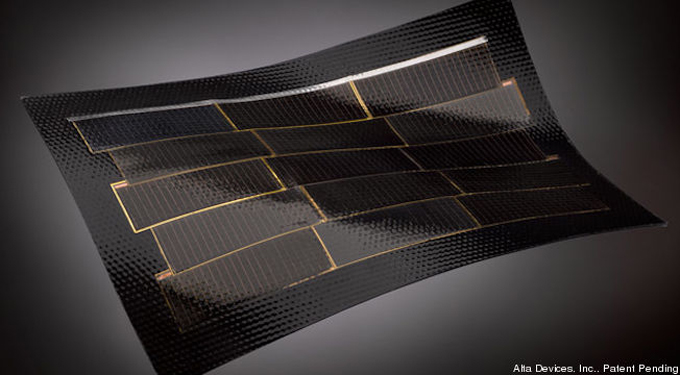
Photo: Alta Devices Inc. Patent Pending
Gallium Arsenide: The credit for developing this material should go to the researchers at the Imperial College in London. This material, though expensive, significantly increases the efficiency of solar panels. Commercial trials have already been conducted, and solar panels using Gallium Arsenide are currently under production by various organizations in different countries. One producer claims that efficiency is doubled using this substance.
Window Panes: Different coatings are being formed and created by various laboratories which will eventually be used to paint our existing window panes to absorb solar energy. Though the technology will perhaps eventually be more affordable, the challenge for existing homes will be how much sunlight falls on the windows and for how long during the day. Sooner or later this technology will be used for modern construction that mostly uses glass exteriors to solve the problems of both lighting and energy absorption.
Solar Balloons: Solar balloons with solar-friendly coatings are already in use in crowded locations in many parts of the earth.
Nanotechnology: Scientists have been working to manipulate atomic and molecular matter for many years now. This technology is currently being developed for use in solar panels and perhaps eventually will even be used in car paints, the purpose being to increase the surface area per square centimetre. Visualize many thousands of microscopic strands emanating in each square centimetre, and this will give you a clear notion of how the concept is being used to multiply the surface area compared with a flat surface. Advances in this technology are picking up momentum, and in the medium term we shall see just a couple of solar panels producing equal amounts of energy or more when compared to a roof full of solar panels as we presently know them.
Solar Panels with Built-in Batteries: Present inverters, designed to convert DC electricity to AC, feature batteries that are bulky and burdensome. Some producers are now working on solar panels with built-in inverters and batteries. This will result in a welcome saving of space.
Batteries: A good part of the investment required to install solar-powered systems goes into the batteries. Lithium ion batteries are expensive. Promising research is now leading towards low cost batteries for storing the solar energy harvested through all the available means.
While the world reels under the threat of being destroyed through pollution, let us thank all those innovators who are working towards making our lives cleaner and who offer us an authentic ray of hope.
Support us!
All your donations will be used to pay the magazine’s journalists and to support the ongoing costs of maintaining the site.
Share this post
Interested in co-operating with us?
We are open to co-operation from writers and businesses alike. You can reach us on our email at [email protected]/[email protected] and we will get back to you as quick as we can.


